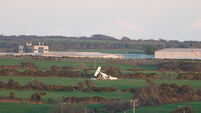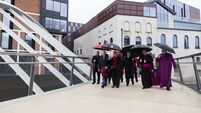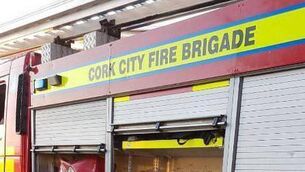Probe into whether Killarney fire was started to clear land
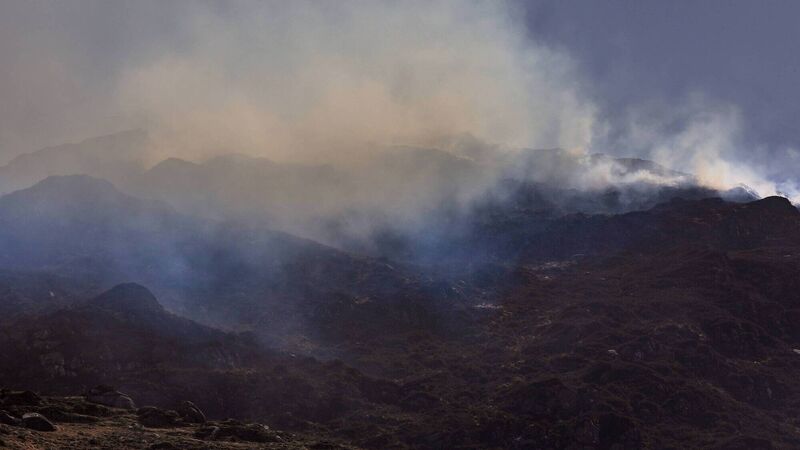
The blaze in Killarney National Park has emptied thousands of acres of insect, animal and bird life as well as vegetation. Picture: Valerie O'Sullivan
Authorities are investigating whether the weekend's inferno in Killarney National Park resulted from fires started to clear land and whether they were started in a number of different places.
The blaze has emptied thousands of acres of national park of insect, animal and bird life as well as vegetation.
Three agencies are looking into the causes of the fire – Kerry Fire Service, the National Parks and Wildlife Service and Killarney gardaí, who said they were keeping an open mind.
The inquiry is not yet at the level of a criminal investigation and is at the fact-finding stage, according to Inspector Gary Thompson of Killarney gardaí, who has been assigned to lead the Garda inquiry, liaising with the other agencies.
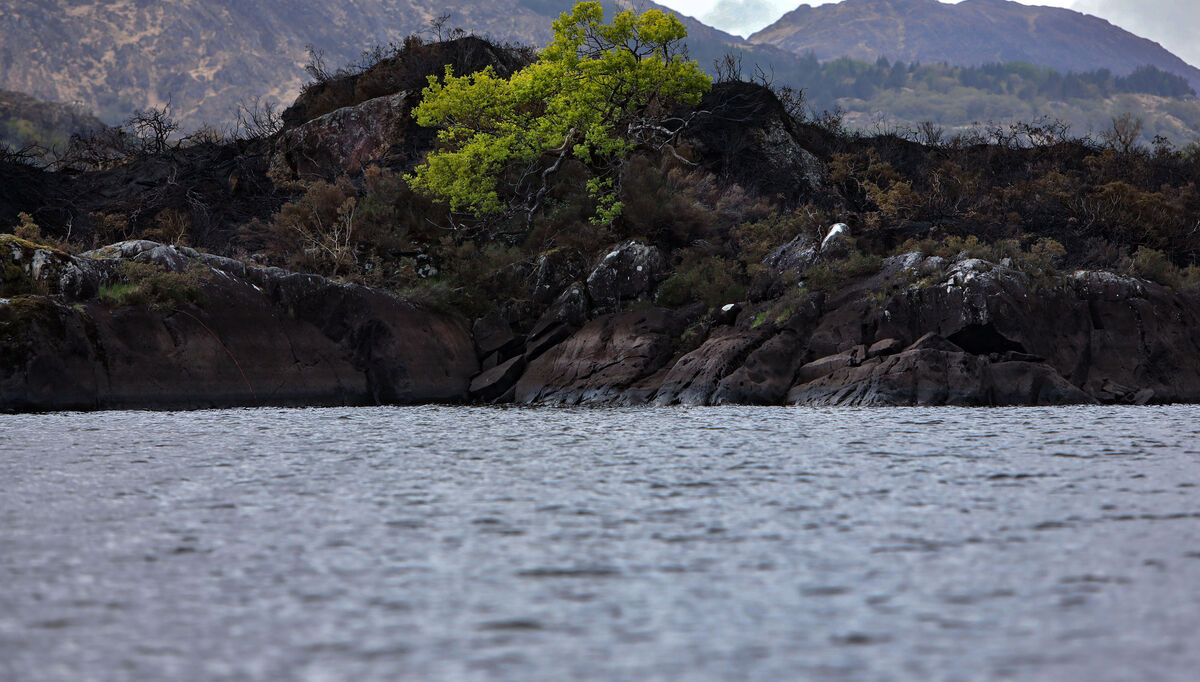
The fire, which was only brought under control on Monday with significant air support, started late on Friday night. Early on Saturday morning there were "three active fire sectors” – miles apart but in the same southwestern area, alongside the N71, according to Kerry Fire service. Wind accelerated the situation.
One sector was along the Black Valley, bordering the park, a second was on the eastern ridge off Purple Mountain and a third at the lower level woods on the Long Range near Dinis Cottage.
Sources close to the inquiry said "multiple starts on Friday night/ early hours of Saturday morning" is being actively looked at by investigators.
Fires to clear lands in the vicinity of the park are mostly lit at night and often into the wind. This has been the case for several years on Mangerton, at the eastern edge of the park woodlands.
NPWS wildlife rangers and staff fought the fire in the lower forest areas and they said that, once again, rhododendron ponticum, a purple flowered pest in the park, acted as a fire wall. Last year, the dense wall of rhododendron saved Torc Mountain.
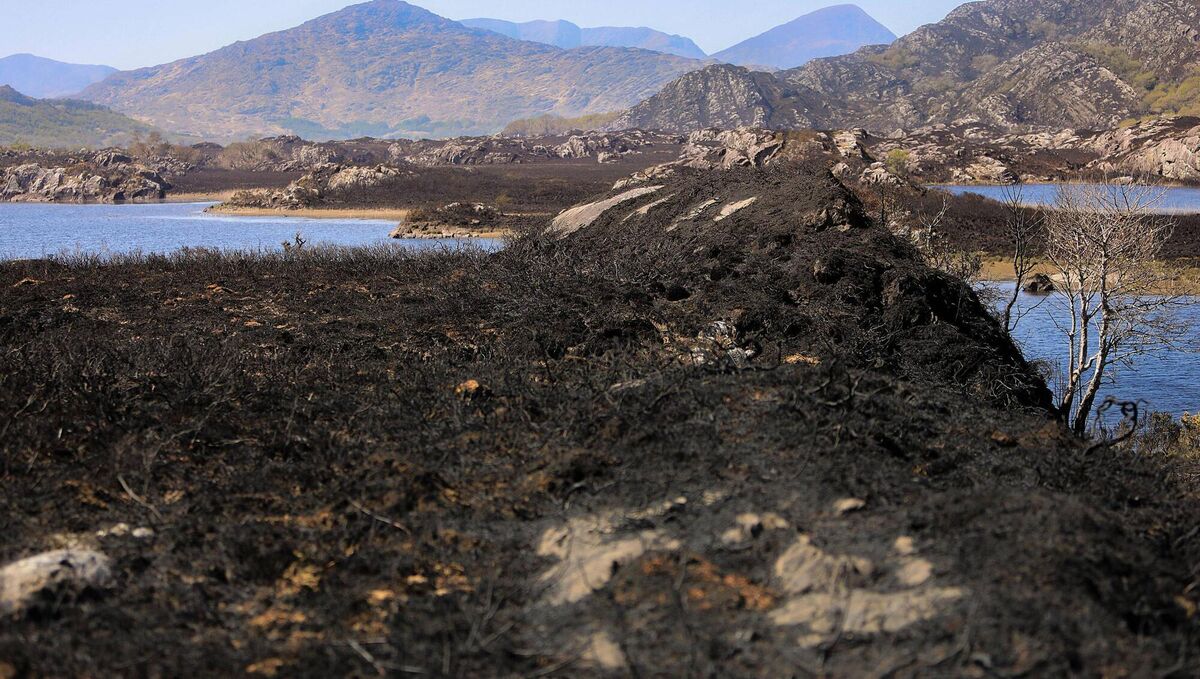
At the Meeting of the Waters beauty spot, the “rhodo” saved the Victorian Dinis Cottage tea rooms.
Meanwhile, it has emerged that businesses and individuals are rallying to contribute to the park, from Co Kerry and beyond.
At least one business is offering to sponsor a tree-planting programme to rehabilitate the charred area and others are seeking to donate directly to the park.
Although considered the jewel in the crown of tourism and ecology in the region, the 10,000-hectare reserve has been starved of funding and staffing.
It now has just five wildlife rangers – half the number of over a decade ago. It receives little direct money from Killarney’s multi-million euro tourist industry or hive of cycling, boating, jarvey and other businesses within its confines, apart from nominal permit fees.
It has mounting problems with lack of funding for maintenance, invasive species, equipment, as well as a lack of a management plan.
Minister of State for Heritage Malcom Noonan is doubling the intake of rangers nationally, he announced, but exactly how many will be assigned to Killarney has not been decided. Speaking in Killarney, he said that will be done in conjunction with local management.
Heritage Minister Darragh O’Brien pledged to better fund the Killarney park, the oldest in the country and a Unesco biosphere reserve, while ruling out any local taxes on the tourist industry.




